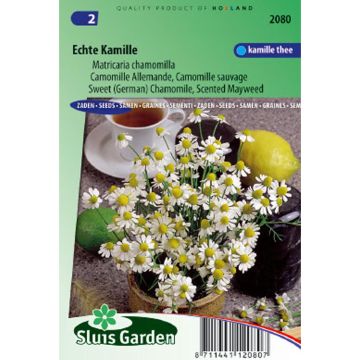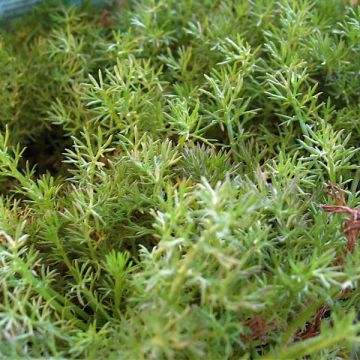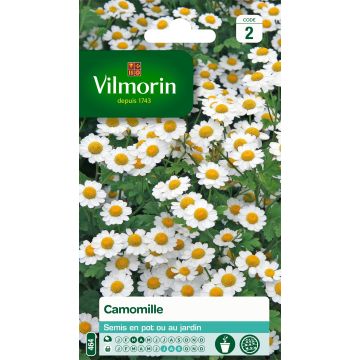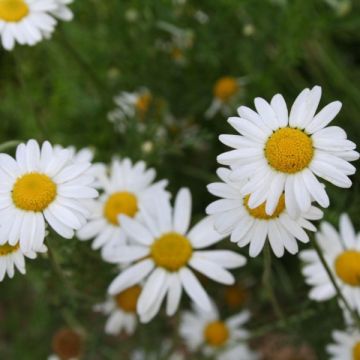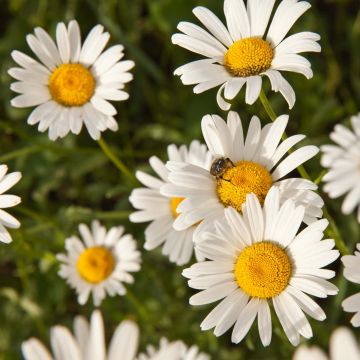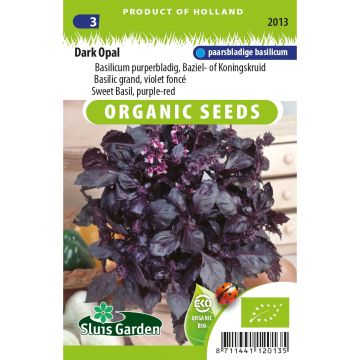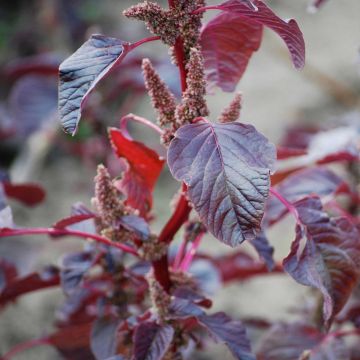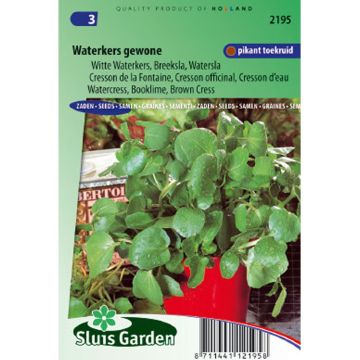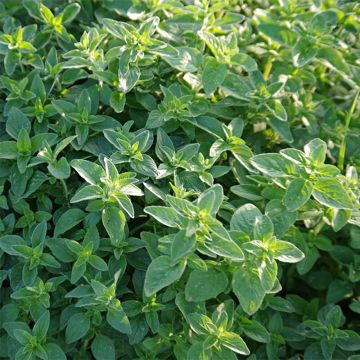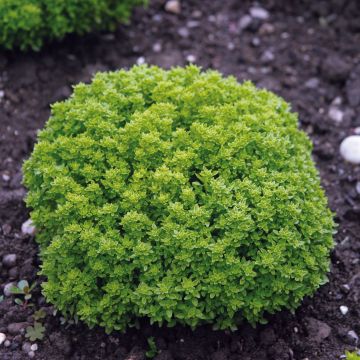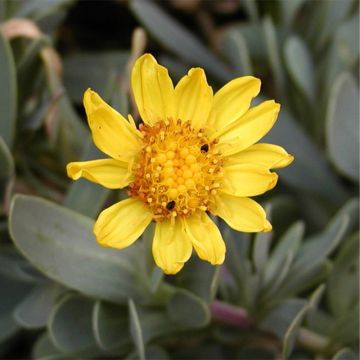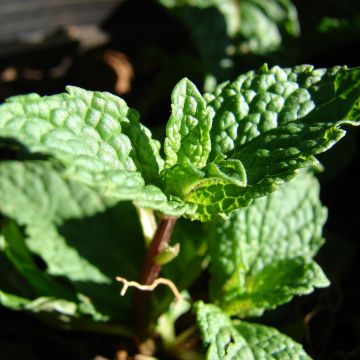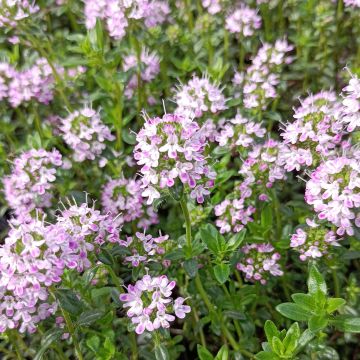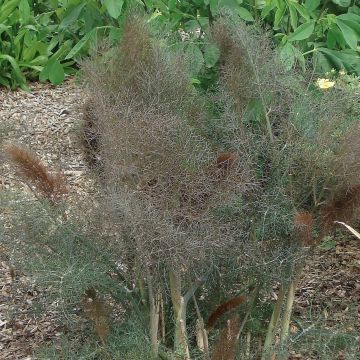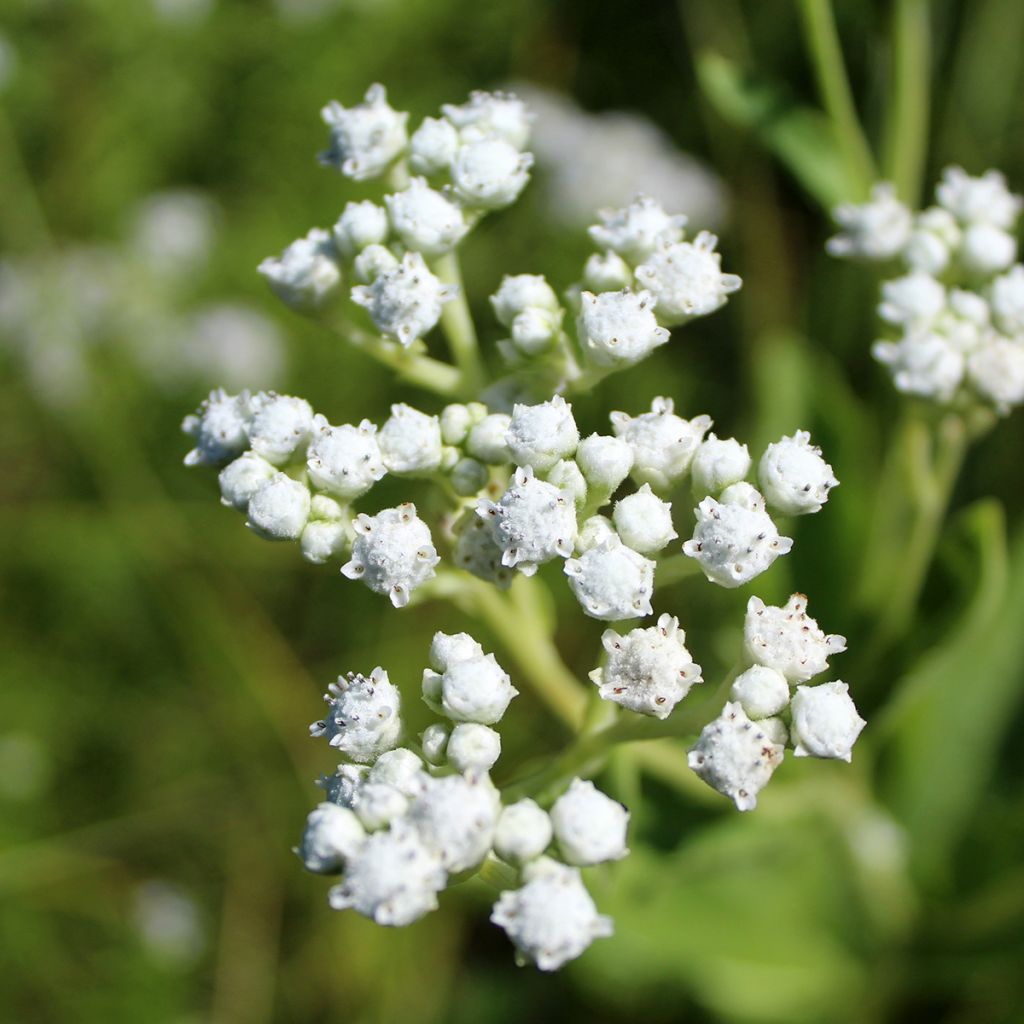

Parthenium integrifolium - Quinine sauvage
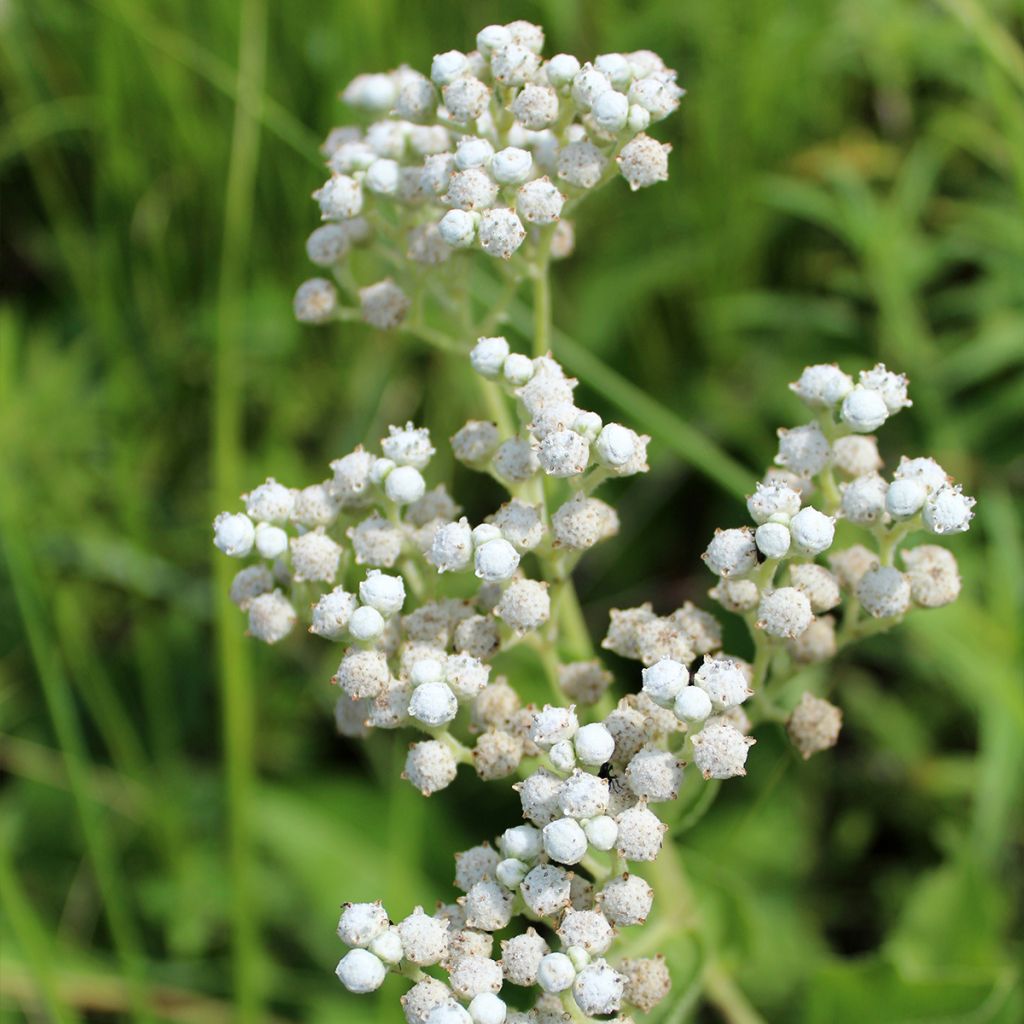

Parthenium integrifolium - Quinine sauvage
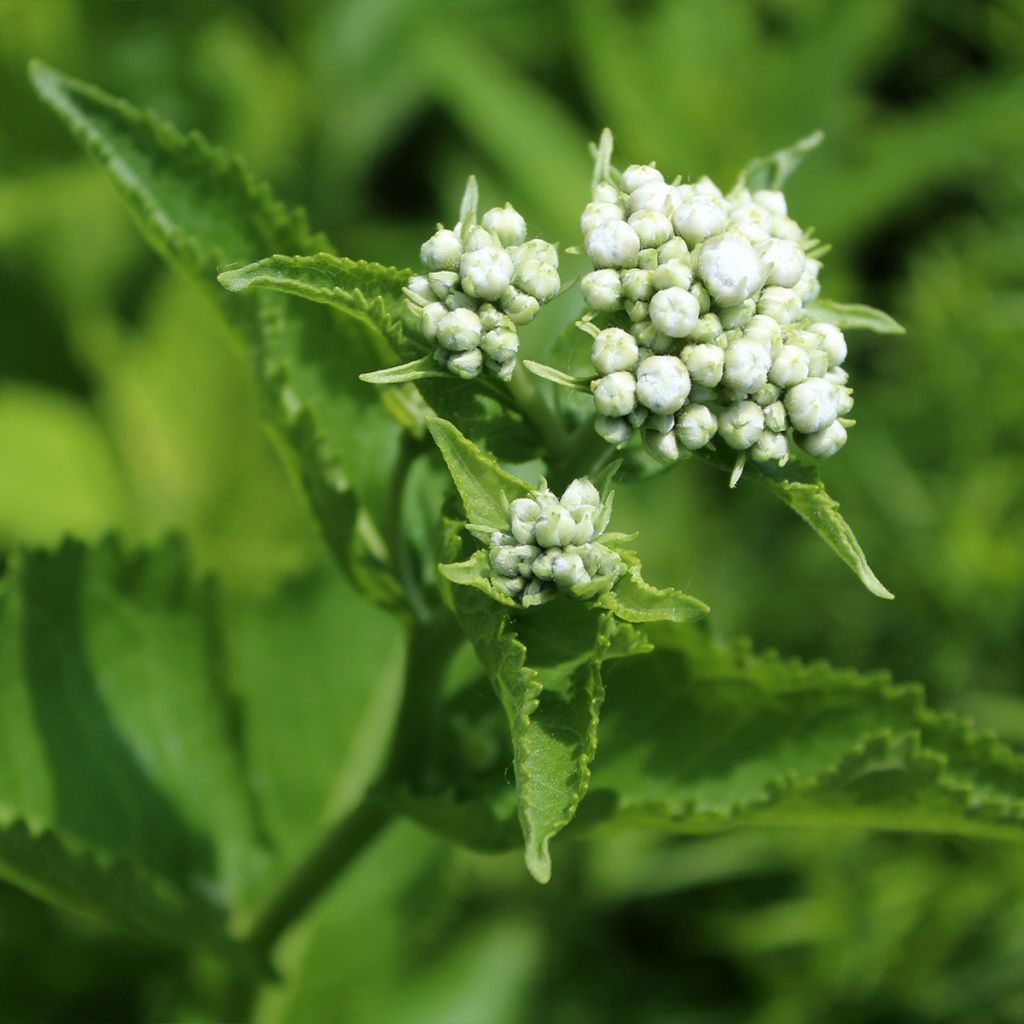

Parthenium integrifolium - Quinine sauvage
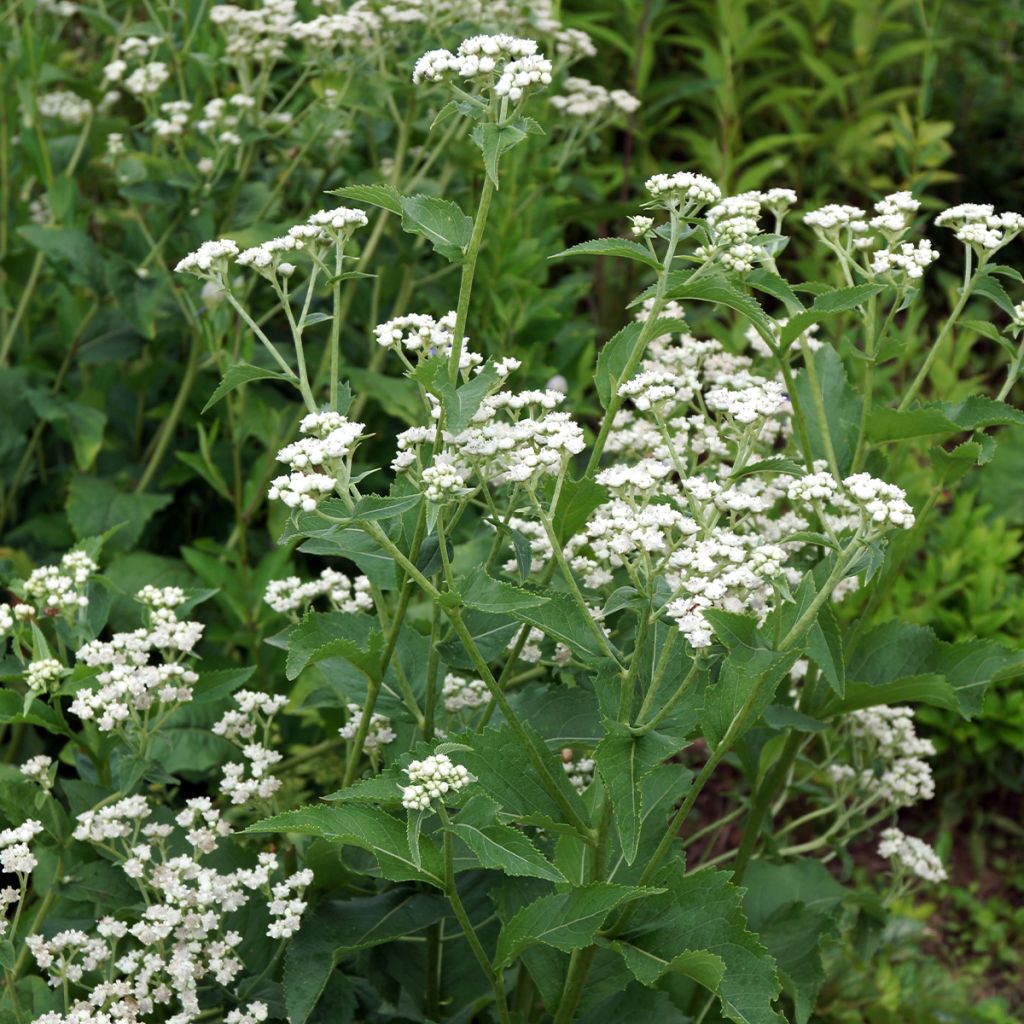

Parthenium integrifolium - Quinine sauvage
Parthenium integrifolium
Parthenium integrifolium
American Feverfew, Wild Quinine, Eastern Feverfew
Small plant arrived almost completely out of the pot
marie Françoise, 27/03/2024
This item cannot be shipped to the selected country
Delivery charge from €5.90
More information
Schedule delivery date,
and select date in basket
This plant carries a 12 months recovery warranty
More information
We guarantee the quality of our plants for a full growing cycle, and will replace at our expense any plant that fails to recover under normal climatic and planting conditions.
From €5.90 for pickup delivery and €6.90 for home delivery
Express home delivery from €8.90.

Does this plant fit my garden?
Set up your Plantfit profile →
Description
Parthenium integrifolium, locally known as Wild Quinine or Great American Chamomile, is a perennial and medicinal plant that grows and flowers without care in the great plains of the eastern and Midwestern United States. It forms a large leafy clump and blooms throughout the summer in aerial inflorescences composed of a multitude of small globular and woolly, almost white flowers, reminiscent of those of Statice or Immortelles. Withstanding both cold and heat, it adapts well to any well-drained soil, even somewhat dry in summer. Interesting for bringing lightness and transparency to a massif, this perennial is perfect in a wild garden.
Parthenium integrifolium belongs to the Asteraceae family, just like chamomiles and daisies. It is a native botanical species in the states of Texas and Oklahoma, north of Minnesota, and east of Massachusetts. It is found in meadows, forest edges, slopes, and disturbed areas, often on clay-loam or sandy loam soils. It is a herbaceous perennial plant with its growth emerging from the ground in spring and drying up in autumn. An adult specimen forms an upright clump about 80cm (32in) tall and 50-60cm (20-24in) wide. The stems bear glandular leaves of varying sizes and oval to lanceolate shapes, with toothed, dentate, or lobed margins. Their colour is a beautiful bright green. The flowering period extends from June to September. The inflorescence, which stands above the vegetation, is a cluster of several heads, each containing at least 15 florets. Each floret consists of a central whitish cottony disc surrounded by 5 to 6 papery-textured florets. The flowers have a pleasant, soft, slightly medicinal scent. This flowering is highly visited by bees. The faded inflorescences remain decorative for a long time, until winter. They can be advantageously used in dried flower arrangements. This plant was used for medicinal and veterinary purposes by Native Americans.
Wild Quinine is a lovely unpretentious plant for a garden that leaves room for nature. Its flowering remains decorative for a long time and it brings lightness to flower or shrub borders. Its excellent hardiness (-25°C (-13°F)) and heat tolerance allow it to be adopted in many regions. For example, it can be associated with roses, as it plays a similar decorative role as paniculate Gypsophila while being much less fragile. Its combination with perennial sages (Salvia pratensis 'Evelyne') or shrub sages is also very successful. In a naturalistic setting, consider planting this Parthenium with grasses and Echinaceas, Lychnis coronaria, thistles...
Report an error about the product description
Parthenium integrifolium in pictures
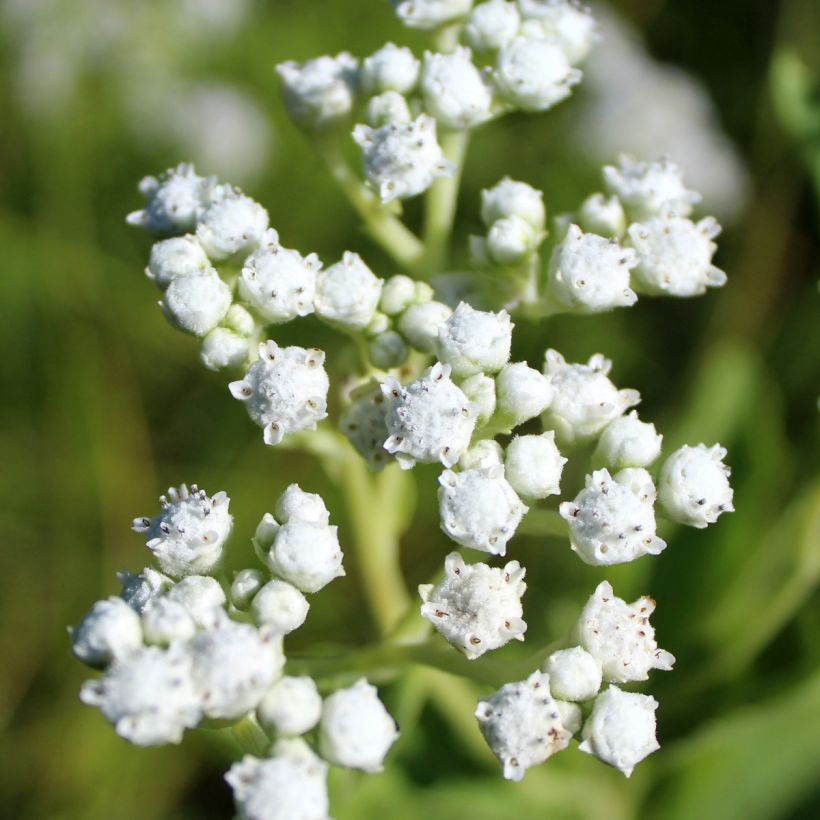

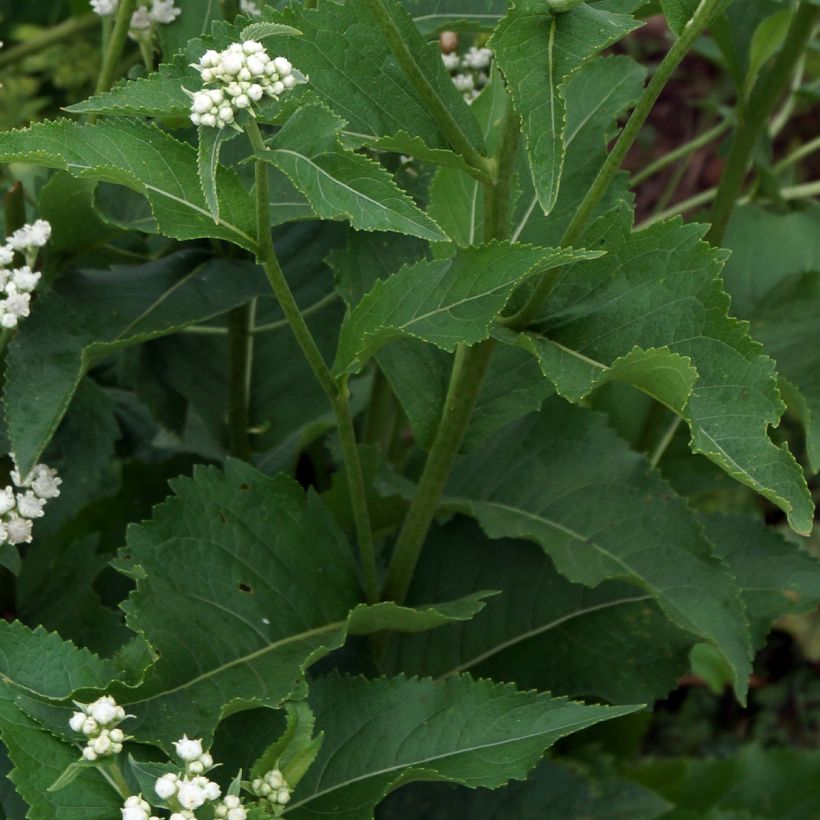

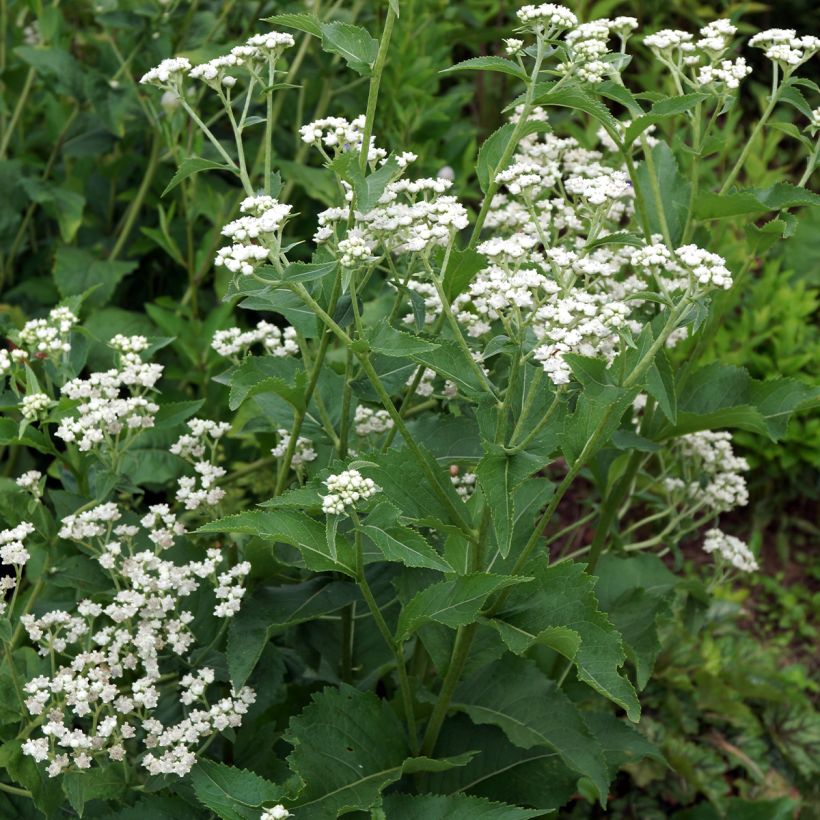

Flowering
Foliage
Plant habit
Botanical data
Parthenium
integrifolium
Asteraceae
American Feverfew, Wild Quinine, Eastern Feverfew
North America
Other Chamomile
Planting and care
Parthenium integrifolium is undemanding, it is found in the wild in the great American plains, just like Echinacea. It thrives in the sun, adapts to a wide range of well-drained soils, and does not require any special care. This perennial sometimes takes one or two years to establish itself, after which it quickly expands and requires no further care. Regularly water the young plants to promote good root growth. Optionally, water during the first two summers in our driest regions. It is a very cold-resistant species that can withstand frosts of at least -20°C (-4°F).
Planting period
Intended location
Care
-
, onOrder confirmed
Reply from on Promesse de fleurs
Herbs
Haven't found what you were looking for?
Hardiness is the lowest winter temperature a plant can endure without suffering serious damage or even dying. However, hardiness is affected by location (a sheltered area, such as a patio), protection (winter cover) and soil type (hardiness is improved by well-drained soil).

Photo Sharing Terms & Conditions
In order to encourage gardeners to interact and share their experiences, Promesse de fleurs offers various media enabling content to be uploaded onto its Site - in particular via the ‘Photo sharing’ module.
The User agrees to refrain from:
- Posting any content that is illegal, prejudicial, insulting, racist, inciteful to hatred, revisionist, contrary to public decency, that infringes on privacy or on the privacy rights of third parties, in particular the publicity rights of persons and goods, intellectual property rights, or the right to privacy.
- Submitting content on behalf of a third party;
- Impersonate the identity of a third party and/or publish any personal information about a third party;
In general, the User undertakes to refrain from any unethical behaviour.
All Content (in particular text, comments, files, images, photos, videos, creative works, etc.), which may be subject to property or intellectual property rights, image or other private rights, shall remain the property of the User, subject to the limited rights granted by the terms of the licence granted by Promesse de fleurs as stated below. Users are at liberty to publish or not to publish such Content on the Site, notably via the ‘Photo Sharing’ facility, and accept that this Content shall be made public and freely accessible, notably on the Internet.
Users further acknowledge, undertake to have ,and guarantee that they hold all necessary rights and permissions to publish such material on the Site, in particular with regard to the legislation in force pertaining to any privacy, property, intellectual property, image, or contractual rights, or rights of any other nature. By publishing such Content on the Site, Users acknowledge accepting full liability as publishers of the Content within the meaning of the law, and grant Promesse de fleurs, free of charge, an inclusive, worldwide licence for the said Content for the entire duration of its publication, including all reproduction, representation, up/downloading, displaying, performing, transmission, and storage rights.
Users also grant permission for their name to be linked to the Content and accept that this link may not always be made available.
By engaging in posting material, Users consent to their Content becoming automatically accessible on the Internet, in particular on other sites and/or blogs and/or web pages of the Promesse de fleurs site, including in particular social pages and the Promesse de fleurs catalogue.
Users may secure the removal of entrusted content free of charge by issuing a simple request via our contact form.
The flowering period indicated on our website applies to countries and regions located in USDA zone 8 (France, the United Kingdom, Ireland, the Netherlands, etc.)
It will vary according to where you live:
- In zones 9 to 10 (Italy, Spain, Greece, etc.), flowering will occur about 2 to 4 weeks earlier.
- In zones 6 to 7 (Germany, Poland, Slovenia, and lower mountainous regions), flowering will be delayed by 2 to 3 weeks.
- In zone 5 (Central Europe, Scandinavia), blooming will be delayed by 3 to 5 weeks.
In temperate climates, pruning of spring-flowering shrubs (forsythia, spireas, etc.) should be done just after flowering.
Pruning of summer-flowering shrubs (Indian Lilac, Perovskia, etc.) can be done in winter or spring.
In cold regions as well as with frost-sensitive plants, avoid pruning too early when severe frosts may still occur.
The planting period indicated on our website applies to countries and regions located in USDA zone 8 (France, United Kingdom, Ireland, Netherlands).
It will vary according to where you live:
- In Mediterranean zones (Marseille, Madrid, Milan, etc.), autumn and winter are the best planting periods.
- In continental zones (Strasbourg, Munich, Vienna, etc.), delay planting by 2 to 3 weeks in spring and bring it forward by 2 to 4 weeks in autumn.
- In mountainous regions (the Alps, Pyrenees, Carpathians, etc.), it is best to plant in late spring (May-June) or late summer (August-September).
The harvesting period indicated on our website applies to countries and regions in USDA zone 8 (France, England, Ireland, the Netherlands).
In colder areas (Scandinavia, Poland, Austria...) fruit and vegetable harvests are likely to be delayed by 3-4 weeks.
In warmer areas (Italy, Spain, Greece, etc.), harvesting will probably take place earlier, depending on weather conditions.
The sowing periods indicated on our website apply to countries and regions within USDA Zone 8 (France, UK, Ireland, Netherlands).
In colder areas (Scandinavia, Poland, Austria...), delay any outdoor sowing by 3-4 weeks, or sow under glass.
In warmer climes (Italy, Spain, Greece, etc.), bring outdoor sowing forward by a few weeks.

































